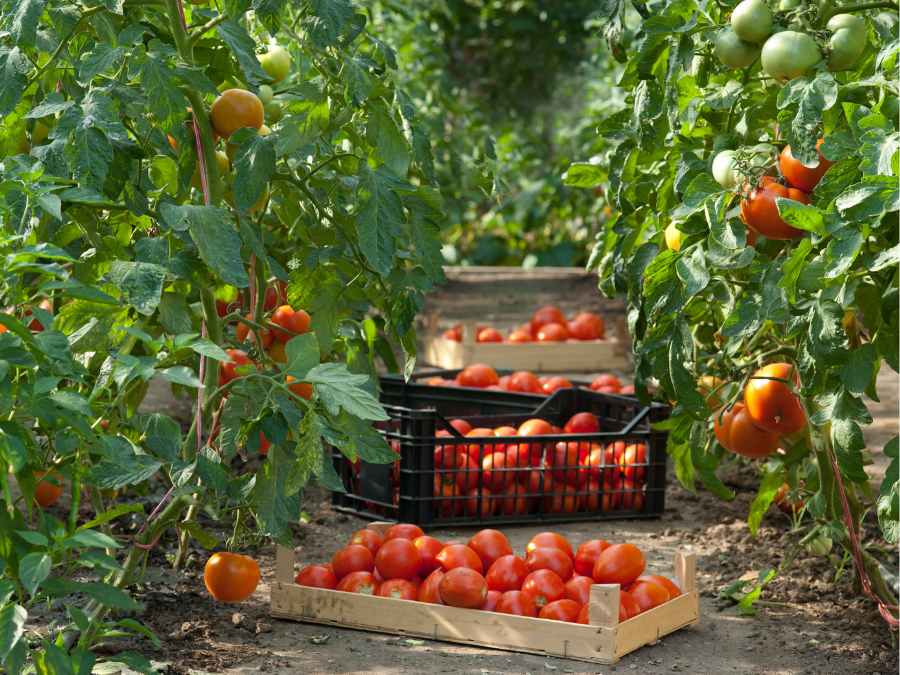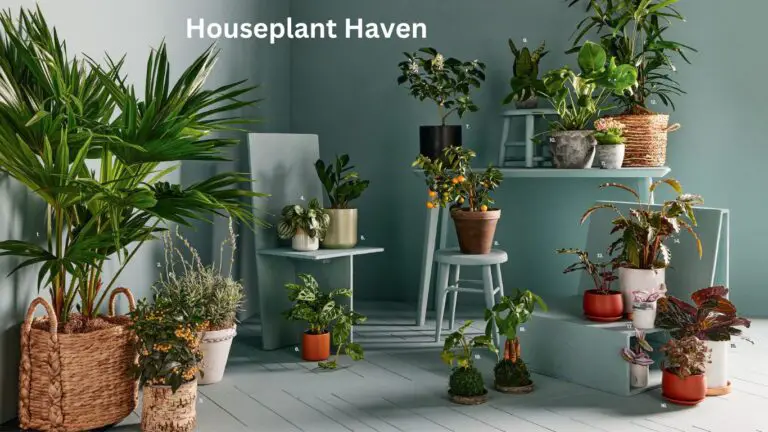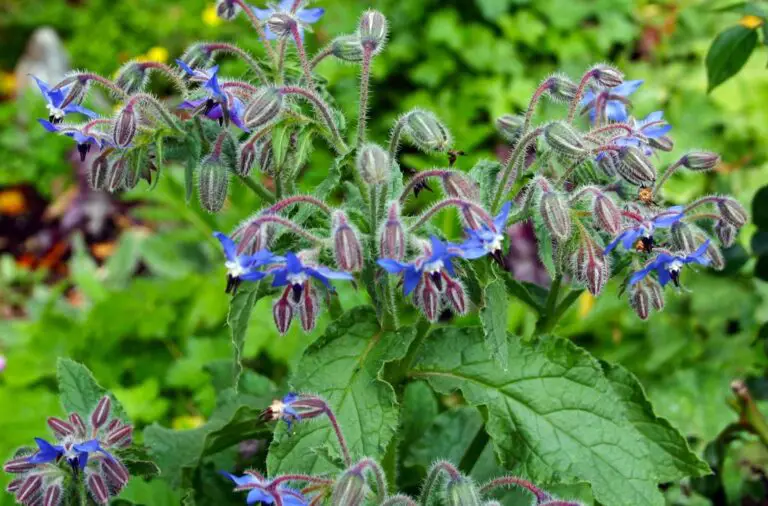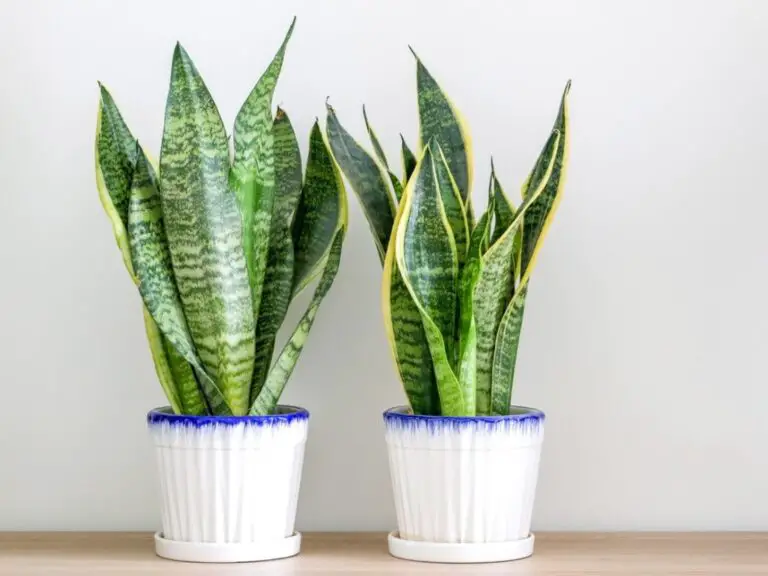Indoor Tomato Ripening: A Step-by-Step Guide
Table of Contents
Ripening Timeframe: Estimating the duration required for tomatoes to fully ripen indoors.
Estimating the duration required for tomatoes to fully ripen indoors can be a challenging task. There are several factors that can influence the ripening timeframe, including the tomato variety, temperature, and humidity levels in the indoor environment. On average, it takes around 1 to 2 weeks for tomatoes to ripen indoors, but this can vary depending on the specific conditions.
One important factor to consider is the tomato variety. Some varieties, such as cherry tomatoes, are known for their quick ripening time and may only take a week or less to fully ripen. On the other hand, larger heirloom tomatoes may take up to 2 weeks or longer to reach their full ripeness. It is crucial to know the specific variety you are growing to have a better estimate of the ripening time-frame.

Another factor to keep in mind is the temperature and humidity levels. Tomatoes ripen best in temperatures between 68°F and 77°F (20°C and 25°C). If the indoor environment is too cold or too hot, it can affect the ripening process and may prolong the time-frame. Similarly, high humidity levels can lead to slower ripening, while low humidity can result in faster ripening. It is essential to create the optimal environment by regulating the temperature and humidity levels to facilitate the ripening process.
Checking for Ripeness: Identifying signs of ripeness and knowing when tomatoes are ready to consume.
Tomatoes are a versatile and delicious fruit (yes, they’re technically a fruit!) that can be enjoyed in a variety of dishes. But how do you know when they’re perfectly ripe and ready to be consumed? Identifying the signs of ripeness is key to ensuring a flavorful and enjoyable tomato-eating experience.
A ripe tomato will have a vibrant color, whether it’s a rich red, orange, yellow, or even purple, depending on the variety. The skin should be smooth and firm, with no soft spots or blemishes. Gently squeeze the tomato – it should give slightly but still feel firm to the touch. If it feels mushy or overly soft, it may be overripe or even beginning to rot.
Another telltale sign of ripeness is the aroma. Ripe tomatoes will emit a sweet and slightly earthy scent that is hard to resist. If you can smell the tomato from a distance, it’s likely ready to be enjoyed. Additionally, the stem of the tomato should be green and firmly attached. A ripe tomato will easily detach from the stem with a gentle twist.

Now that you know how to identify a ripe tomato, the next step is to enjoy it! Whether you slice it for a fresh salad, sauté it in a delicious sauce, or simply bite into it like an apple, a ripe tomato is sure to be bursting with flavor. Experiment with different recipes and savor the delightful taste of homegrown, perfectly ripe tomatoes.
Troubleshooting: Addressing common issues that may arise during indoor tomato ripening.
When it comes to indoor tomato ripening, there are a few common issues that may arise. One such issue is uneven ripening, where some parts of the tomato ripen faster than others. This can be attributed to inconsistent sunlight exposure or temperature fluctuations. To address this problem, it is important to ensure that your tomatoes are receiving adequate and consistent light. Consider rotating the tomatoes regularly to expose all sides to the light source. Additionally, maintaining a stable temperature range within the recommended range of 65-75°F (18-24°C) can help promote even ripening.
Another common issue during indoor tomato ripening is blossom end rot. This condition is characterized by a dark, sunken area that appears at the blossom end of the tomato. Blossom end rot is often caused by a calcium deficiency in the soil or irregular watering practices. To prevent and address this issue, ensure that the soil is adequately prepared with sufficient calcium content. You can add lime or gypsum to the soil before planting to supplement calcium levels. Additionally, it is crucial to maintain consistent watering practices, avoiding both overwatering and underwatering. Keeping the soil consistently moist, but not waterlogged, can help prevent blossom end rot and promote healthy tomato ripening.
Can I speed up the ripening process for tomatoes indoors?
Yes, you can speed up the ripening process by placing the tomatoes in a paper bag with a banana or apple. The ethylene gas released by the banana or apple will help accelerate ripening.
How long does it usually take for tomatoes to ripen indoors?
The ripening timeframe can vary, but it typically takes around 1 to 2 weeks for tomatoes to fully ripen indoors. Factors such as tomato variety and temperature can influence the ripening time.
Why are my indoor tomatoes not ripening?
There could be several reasons why your indoor tomatoes are not ripening. It could be due to insufficient sunlight, improper temperature, or lack of necessary nutrients. Ensure that your tomatoes are receiving adequate light, maintaining the right temperature range, and provide them with appropriate nutrients.
What are some signs that indicate tomatoes are ready to consume?
When tomatoes are ready to consume, they will have a vibrant color, feel slightly soft to the touch, and give off a pleasant aroma. You can also gently squeeze the tomato to check for firmness.
How can I prevent tomatoes from overripening indoors?
To prevent tomatoes from overripening, you can harvest them when they are slightly underripe and allow them to ripen further indoors. Regularly check on the tomatoes and consume them as soon as they reach the desired level of ripeness.
My indoor tomatoes have a bland taste. What could be the reason?
Indoor tomatoes may sometimes have a bland taste due to a lack of sunlight. Sunlight helps develop the sugars and flavors in tomatoes. Try providing your indoor tomatoes with as much natural light as possible to enhance their taste.
What should I do if my indoor tomatoes develop mold?
If you notice mold on your indoor tomatoes, it is best to discard them. Mold can quickly spread and affect the quality of other tomatoes. Ensure proper ventilation, avoid overcrowding, and maintain proper humidity levels to reduce the risk of mold growth.
Can I harvest tomatoes when they are still slightly green?
Yes, you can harvest tomatoes when they are still slightly green and allow them to ripen indoors. This is especially useful if you anticipate a frost or if the tomatoes are not fully ripe when you need them. Place the green tomatoes in a cool place and monitor their ripening process.
How can I prevent tomatoes from splitting while ripening indoors?
To prevent tomatoes from splitting while ripening indoors, ensure consistent watering. Fluctuations in moisture levels can cause the tomatoes to split. Water regularly and evenly, keeping the soil consistently moist but not waterlogged.
Can I use artificial lighting to ripen tomatoes indoors?
Yes, you can use artificial lighting, such as grow lights, to ripen tomatoes indoors. Make sure to use lights specifically designed for plant growth and provide the tomatoes with the recommended light intensity and duration for optimal ripening.

Pallavi Gupta is a burgeoning writer at SouthElMonteHydroponics, blending her passion for data analysis with a keen interest in biotechnology. Currently pursuing a Bachelor’s in Biotechnology at Amity University, Pallavi delves into the intricacies of life sciences while gaining hands-on experience in the exciting world of data analysis. Her unique background provides a fresh perspective on hydroponic farming, as she explores the intersection of biotechnology and sustainable agriculture. Through her writing, Pallavi aims to bridge the gap between data-driven insights and innovative farming practices, inspiring others to harness technology for a greener future.






